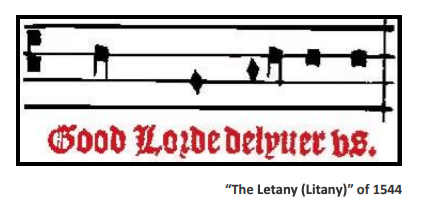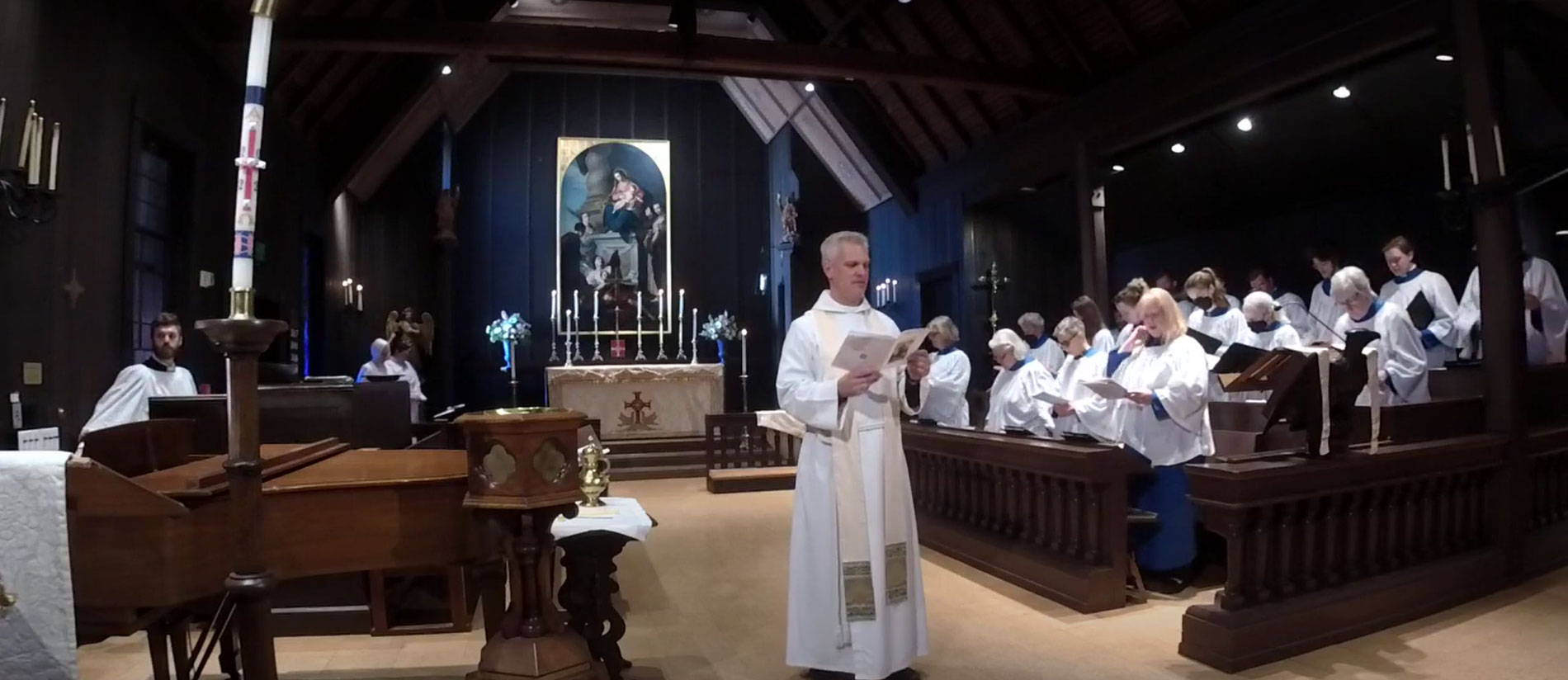Weekly Reflection - 2/13/2024

St. Mary's Reflection: Natalie Hala, Parish Liturgist & Verger
Hear our Prayer: The Great Litany
Thomas Cranmer, compiler of The Book of Common Prayer and the first Protestant Archbishop of Canterbury, was burned at the stake in 1556. Crafting liturgy is known to have its occupational hazards.
St. Mary’s marks the change of liturgical seasons on Feb. 18, the First Sunday of Lent, with The Great Litany, the oldest original English language rite. At the 9:00 & 11:00 a.m. Sunday services this pivotal work will be chanted in procession as the ministers and choir circumnavigate the nave of the church.
The original Greek meaning of litany was “prayer” or “supplication.” In contemporary usage “litany” has come to mean a prayer during which the responses are fixed, short biddings or petitions such as “Hear our prayer” or “Lord have mercy.” Most of St. Mary’s Sunday morning Prayers of the People are written in litany form.
The significance of The Great Litany is noteworthy. This extensive prayer of supplication includes literally everyone and everything-- for Divine shielding from “hardness of heart” to protection from plague and pestilence. The Great Litany is often characterized as the appropriate way to begin “keeping a holy Lent.”
Cranmer constructed “The Litany” (or “Letany”) in 1544 when The Book of Common Prayer was only in beta stage of development. The outcome of his efforts, the 1549 First Book of Common Prayer, contained “The Litany” printed as an appendix to the Holy Eucharist. It has been a part of each successive Book of Common Prayer all the way to the 1979 prayer book where it was renamed “The Great Litany “ to differentiate it from other litanies in the prayer book.
The first Book of Common Prayer was constructed as a book for worship that could be read and used by both clergy and laity. Cranmer used this format, in part, out of a deep sense of his conviction to the necessity of lay involvement in true spiritual worship. What he desired was what other reformers envisioned as well, a style of worship that involved the people of God in worship, giving them speaking roles and a sense of ownership in public worship. The deep valuation that Cranmer placed upon participatory worship was strengthened exponentially by the compilers of subsequent prayer books. Our current 1979 edition is shaped by this continuing commitment to participatory worship and resulted in the creation in The Episcopal Church of such ministries as scripture reader (lector), prayer leaders and eucharistic ministers (chalice bearers).
Thank you, Thomas Cranmer, for laying the groundwork that leveled the playing field of worship.
Have a blessed (and participatory!) Lent.
Natalie Hala, Liturgist & Verger
